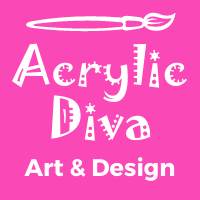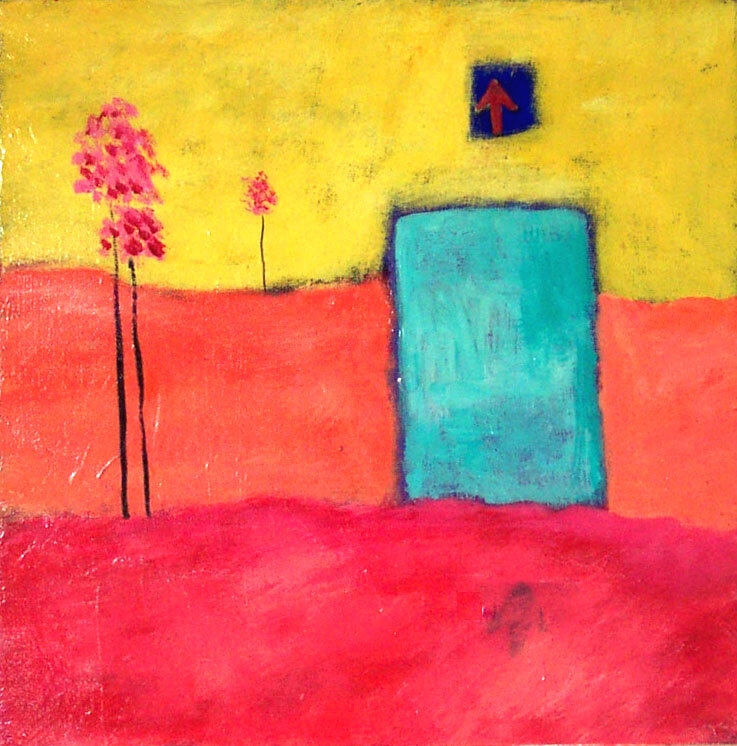You should paint like Henry Ford made cars
I work in series almost always. Why? Because I'm committed to making the best art I can. And the only way to do that, in my humble opinion, is to work in a series. Picasso did it, Pollack did it, Agnes Martin did it - and they all did it because it works.
“Looking Up” Tesia Blackburn (from the World Mountain House Series).
“Trois” Tesia Blackburn (from the World Mountain House series).
“World Mountain House” Tesia Blackburn (from the World Mountain House series).
Think about this - you have a certain design motif that is a given in a particular series. You set up a framework or loose structure that the series must adhere to and you go to work. You no longer have to think about a million variables. You only use the elements that are necessary for the particular series you are working on.
You could decide the series is about the color blue and rectangles. The next time you paint you will not need to worry about red or circles. You can concentrate on the elements that are pertinent to the series that you are working on, and only those elements.
Paint like you're on a production line for Henry Ford. Ick, right? Production line? Am I crazy? Crazy like a fox! Henry Ford made the Model T Ford ubiquitous in America by producing it on an assembly line. He didn't make three red cars and then a black one and then a blue one. He famously said, "Any customer can have a car painted any color that he wants so long as it is black."
Henry Ford didn't have to re-tool his production line every fifteen minutes because a car needed to be painted a different color. So his cars were made faster and he made more money. (Let's not get into Ford's politics or personal life, that's another blog post).
So if you paint on the same size canvas and use the same color over fifty paintings, two things will happen: first, you'll save money by buying canvas and paint in bulk; secondly you will really understand composition, color and form on that particular sized canvas.
No this will not inhibit creativity. It actually makes you more creative. How? Because you will spend less time agonizing over what you are going to paint, what size, what color - and more time actually doing it.
And I firmly believe that doing it, making art, generates creativity. Action begets action. Creativity begets creativity.
Get in the studio and whack out 50 paintings all on the same theme. You’ll see what I mean.




